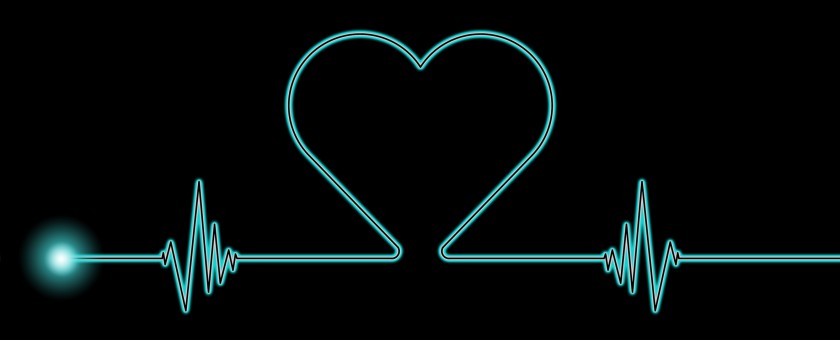“Surgery With Music Our Evidence-Based Practice Rocks!”
By: Nan Schultz RN, Pre Admission Testing Department, St Mary’s Hospital, Troy, NY Judy Levesque,RN,CAPA, Deb Kwacz, RN, CAPA,Nan Schultz, RN, and Shari DuGuay,BS,RN,CAPA,NC-BC Photos by Ken Schultz
“One good thing about music, when it hits you, you feel no pain.” I am sure that Bob Marley never anticipated his comment on music would one day be splashed across a patient poster in a pre-surgical waiting room. Nor did he realize his comment would stand the scrutiny of an evidence-based research project by Seton Health, St. Mary’s Hospital. However, his message is one we want our patients to embrace. We welcome all portable music devices in our Ambulatory Care on surgery day to help them “feels no pain”.
At Seton Health, St. Mary’s Hospital, we are always striving to find better ways to care for our patients, not just for today but for future visits as well. When we learned, through patient survey results (PRC), that our patients didn’t feel their anxiety and pain were well managed during their one day surgery visits, we discussed options for helping them feel more comfortable. During a meeting of the Peri-operative Committee, one of the members mentioned reading an article about current research on the positive affects of listening to music when undergoing out-patient surgery.
After further review the current research indicated patients who listen to music throughout the surgical process show a statistically significant reduction in anxiety and pain during the pre/post-surgical experience, the Perioperative Committee suggested we implement this as a trial practice and measure the effect of music on our patient’s perception of pain and anxiety to determine if music would benefit our surgical patients in a positive way. As a result, our committee of four was formed specifically to work on this project. Judy Levesque, Deb Kwacz, and I, with Shari DuGuay, our Nurse Manager as mentor, were the team members who met to “brain-storm” on how to best approach this project.
We determined the following objectives to guide our study.
We needed to:
• Decide on the population to be trialed.
• Develop a way to measure the success or failure of the trial
• Determine the length of the study
• Design the least disruptive way to incorporate the use of patient music devices
• Involve the entire perioperative team in this trial.
• Educate the entire perioperative team about the current studies that show positive effects of
• Music on patient’s perception of pain and anxiety
• Educate the patients about the positive effects of music on their perception of pain and anxiety
• Empower the patients to actively plan and manage an aspect of their own perioperative care
To accomplish our objectives, we took the following steps: We designed a patient-oriented informational poster for the waiting room. During their PAT appointment, same-day surgery patients were encouraged to bring their own portable music devices for use during their surgical process. We met with the entire perioperative team (anesthesia, OR, PACU nurses, and ambulatory nurses) about the studies and our trial. The biggest concern from some of the team members was where to put the devices while the patients were not using them. The committee decided a small patient belonging bag, labeled with a patient sticker, would be hung from the IV pole so the device followed the patient through the entire process. This solution provided the least disruptive way to incorporate the use of the patient music device. A five question survey, loosely based on the Likert scale, was developed, and the trial was conducted over a 90-day period. The survey was given to fifty random ambulatory surgery adults and adolescents before their discharge to evaluate the effects of music on their pre/post-surgical perception of pain and anxiety.
From our surveys, 74% said their overall experience was very good to excellent. 10% indicated either the experience was fair, or they were not sure, which is attributed to such factors as lingering effects of anesthesia, or the music device was not placed back on the patient during recovery. Overall, 94% said they would recommend the use of music to other patients.
Our survey confirms the current research. Our patients using music reported less anxiety and pain throughout all phases of their surgical experience. We received many positive comments about the patient’s experiences: “Really helped calm me down”, “Music kept thoughts pleasant and helped pass the time”, “Excellent idea, it helped diffuse the stress” were just a few of those comments. Our patient satisfaction scores also increased. Except for the minimal costs for posters and patient belonging bags, this was a budget neutral way of effectively raising those scores.
Encouraged by all of the positive results from our “Surgery with Music” EBP, our manager Shari was confident our project met the guidelines as a “Focus on the Future” for the 2012 National ASPAN Conference. She urged us to submit an abstract for consideration to present our poster. We sent it, and we were very excited and honored when we were notified in February our abstract was accepted, and we would be representing Seton Health, St. Mary’s Hospital and our state district on Poster Presentation Day of the ASPAN National Conference.
The 31st National ASPAN Conference –“Beacons of Change… Focusing on the Future” (April 15-19, 2012) was held at the impressive Orlando Hilton, in Orlando, FL. Its driveway lined with colorful flowering bushes and palm trees was the exotic end of a year and a half journey for us. But our project is, indeed, a beacon of change for the future. Our evidence based practice touches on just one of the many changes to come in healthcare. Our attention to our patient’s needs via our PRC scores pointed the way to a nurse-led exploration of a better, yet cost-effective, patient-empowering method of meeting patient expectations to help preserve our place in the competitive market that is healthcare today.

